This painting of the 1947 Empire Builder led by EMD E7s is an acrylic on canvas board done in 2000. It shows the recently updated streamliner traveling westbound on the route over Marias Pass along the scenic southern border of Glacier National Park in Montana on a cold winter day. One of the harder locomotives to “get right” in a painting is the Electro-Motive Division bulldog nose of an E or F unit; you get the proportions even slightly off and it looks very wrong. This painting has been used as a Leanin’ Tree Christmas card and was featured as the lead illustration of an article about the Empire Builder in The History Channel magazine.
Railroad photographs and railroad paintings are two visual mediums that have very different paths to reach an end result. Creating a railroad painting is a very laborious inner process that begins as vision within and with quite literally blank canvas. Sometimes when doing commissions, it’s a process of throwing someone else’s visual ideas into the mix. It involves being inside, in the studio, and creating the work without the involvement of others. When the painting is finished, then you can finally share your vision with something to (usually!) be proud of.
Railroad photography on the other hand is a highly creative process of getting out in the field and searching for an image. Many times this involves the freedom of travel, seeing new sights, and social interactions with other people; perhaps with fellow photographers, or even photographing the railroaders themselves. Even if you are out at some location by yourself and creating images for a client, there is still a freedom of expression that is your own vision.
Although it was off-limits for photographers, thanks to the Louisville & Nashville Railroad’s Charlie Castner, I was able to visit the company’s huge South Louisville Shops on several occasions. In June 1965, a walk-through on the north end of Shop 17—the running repair facility—revealed this “busy” scene of a GP35, GP30, Alco FA-2, E7, and RS-3. It was just a grab shot, but in retrospect, it remains one of favorites. Under CSX the shops were later closed, sold, and razed, FA-2 no. 309 lived on as a cab control car for the Long Island Railroad. At this writing, it’s under restoration, with plans to repaint it to this same livery. Today this site is the north end zone in the University of Louisville football stadium.
The “rules” behind railroad art are no different from any other form of creative expression. While railroad art is predominantly representational (or photographic, in the sense of attempting to accurately replicate reality in a two-dimensional image), it can also be symbolic or even abstract. In most cases, however, the railroad artist’s goal is to convey with some degree of accuracy a mechanical object or objects so that it’s recognizable to the viewer. The human form is also an element in many works, so understanding how a body may appear in a painting is an essential skill. Much like an artist who does portraiture, a railroad artist almost always works from either the actual subject (in the field) or more typically, a photograph or photographs. A successful portrait has to actually look like the person being painted. If the nose is a little too wide, the eye placement off a bit, or the mouth too large relative to the face, the painting just doesn’t accurately portray the subject—so it’s a failure. It’s the same for an EMD F-unit, a New York Central Hudson, a General Electric AC4400, or an Alco PA. If the details aren’t close, the painting might be less than a success to those who know how those subjects actually appear.
Machines such as trains have specific dimensions, so it’s imperative to capture those details (and perspectives), along with the associated highlights, reflections, and shadows, depending on the light. Photographs are the most practical medium from which to paint to achieve artistic success.
While artists sometimes work from a single photograph with little or no change in translation from the photographic image to the canvas or paper, in most cases there are considerable alterations. It’s also common for an artist to work from multiple photographs. An artist normally pre-visualizes the finished image and uses photos as guidance on the details—a particular locomotive or piece of equipment, perspective, background, or some other detail that will be an aid to achieve the artist’s goal.
And finally, the railroad artist can use his or her own photographs for guidance, images taken by others, or a combination. Again, most railroad art is based on multiple references to accurately capture the machine, the human form, the landscape, the sky, and any other element that matches the pre-visualized image of the artist.
Conclusion
How do railroads artists who work in multiple media decide which one to use? Mike Danneman says, “I have realized over the years that, in the process, railroad art is very ‘inner’ and railroad photography is more ‘external.’ What I end up doing sometimes depends on if I want to be alone for a while, or if I want to get out of the house!”
Mike Danneman and Ron Flanary will present more of their paintings and photographs and discuss their approaches at the Center for Railroad Photography & Art’s annual Conversations about Photography conference, May 16-18 on the campus of co-host Lake Forest College (30 miles north of Chicago) and at the Chicago History Museum. Stay up to date with the Center by liking its Facebook page.





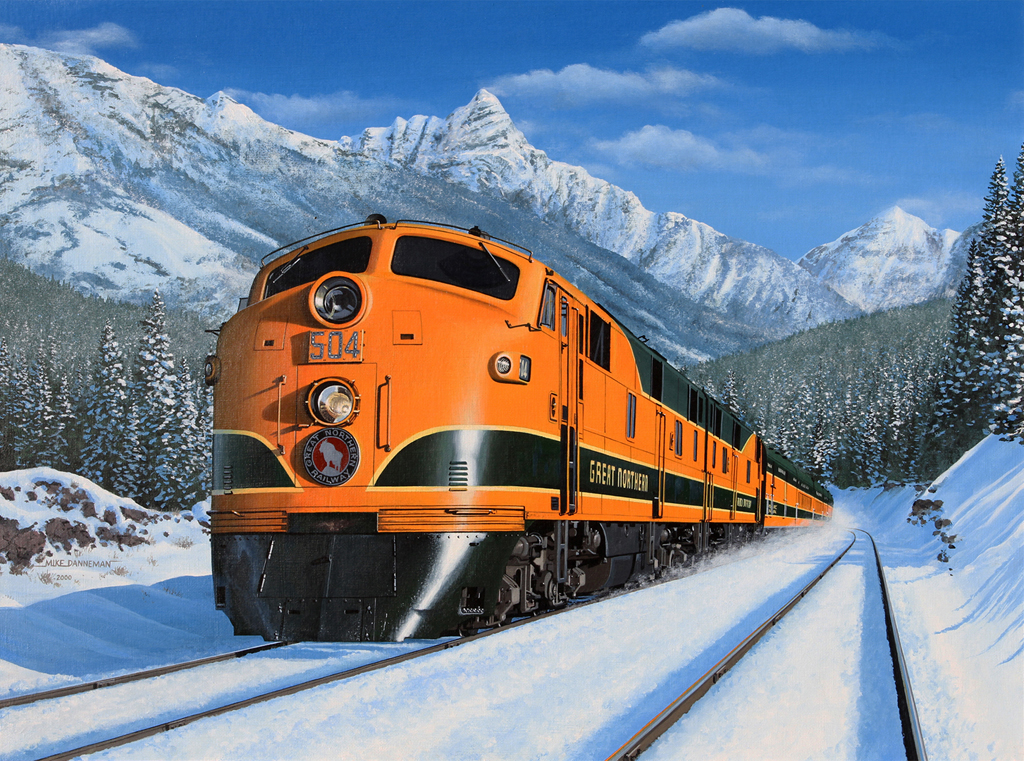



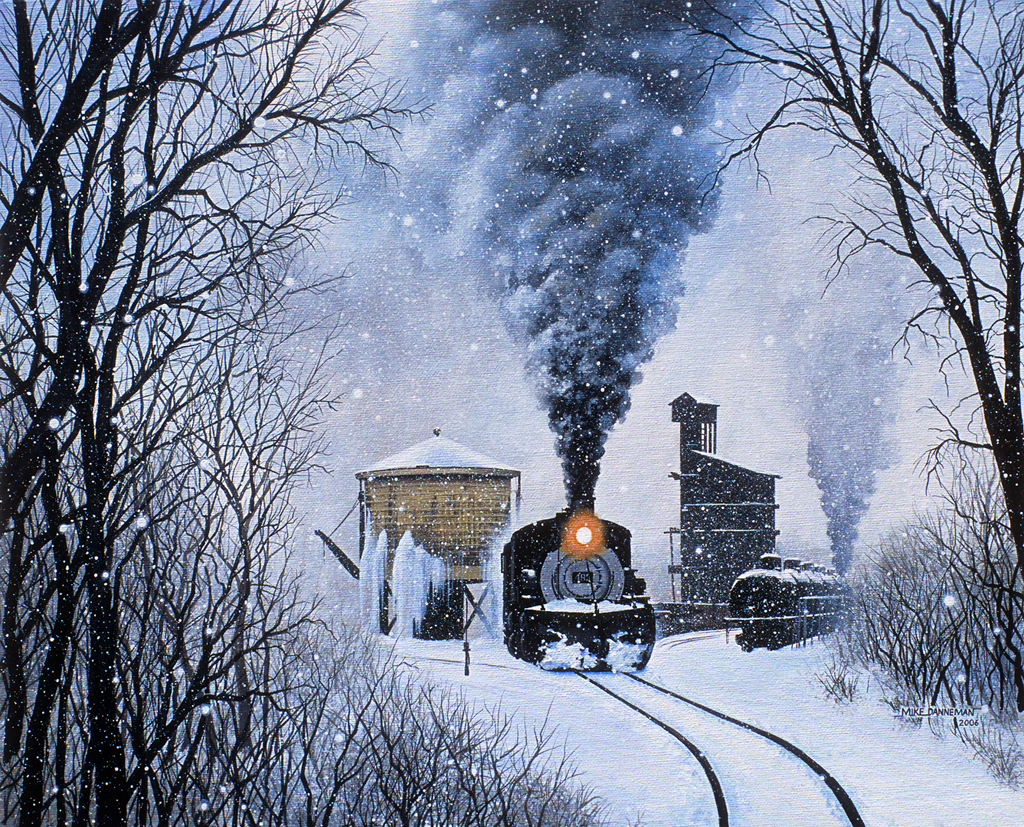
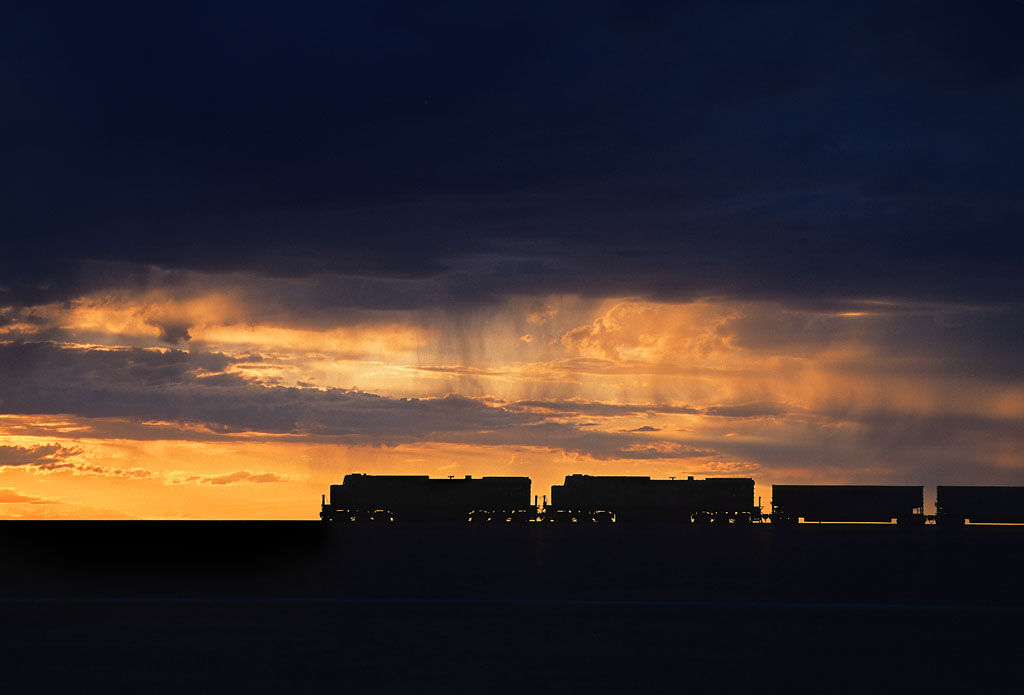
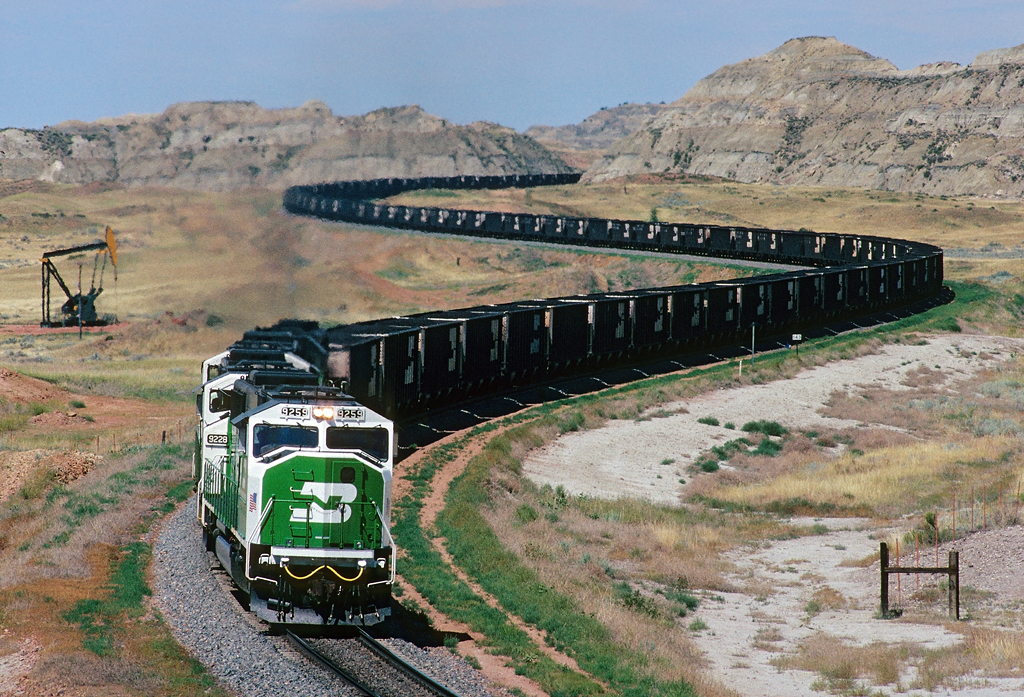
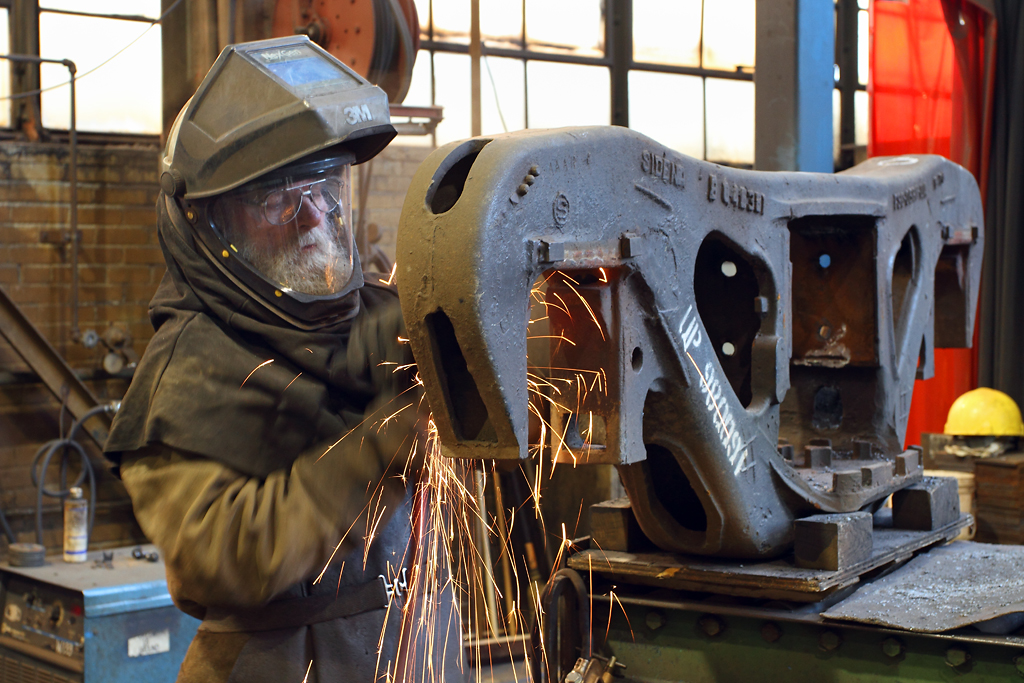


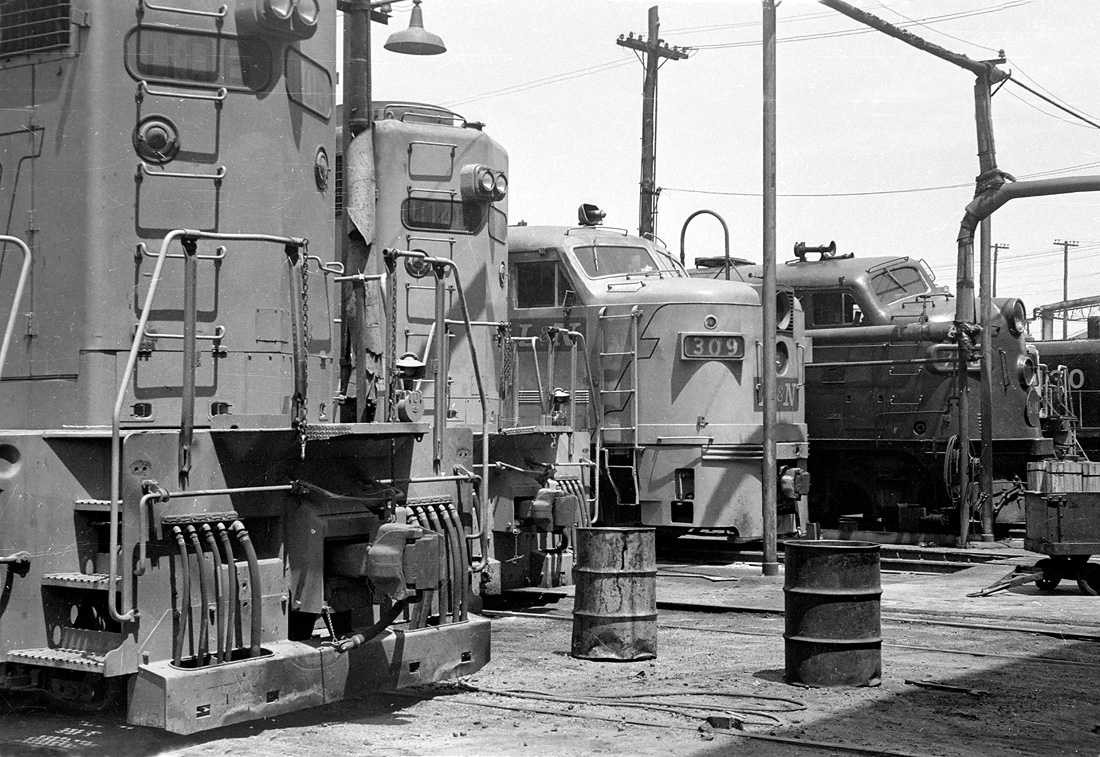
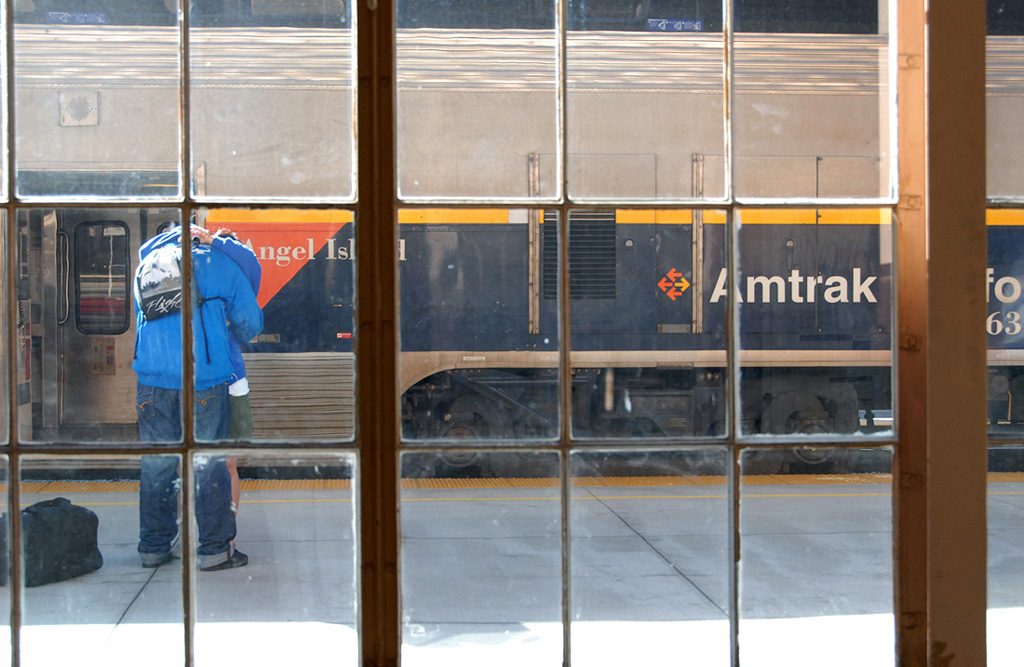
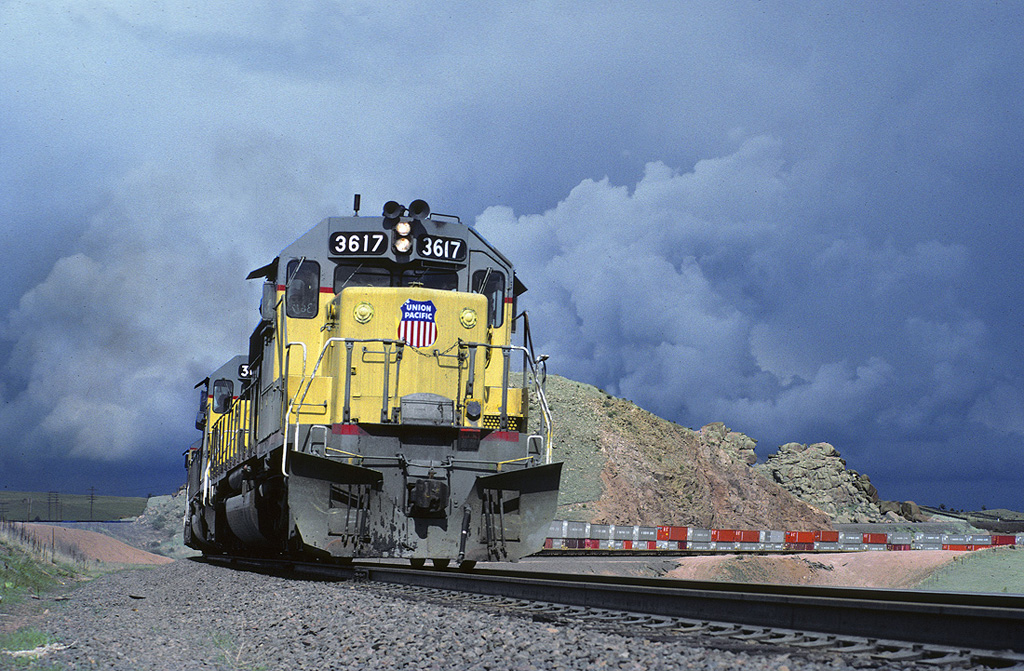
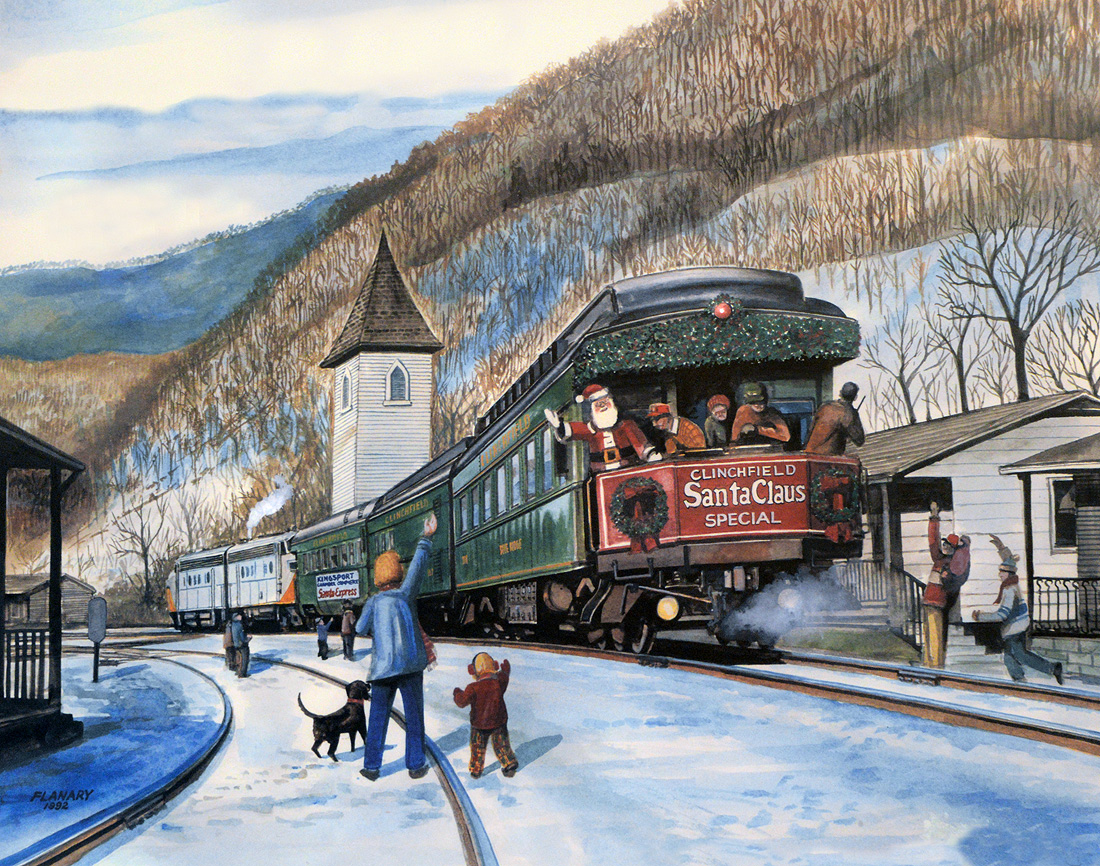
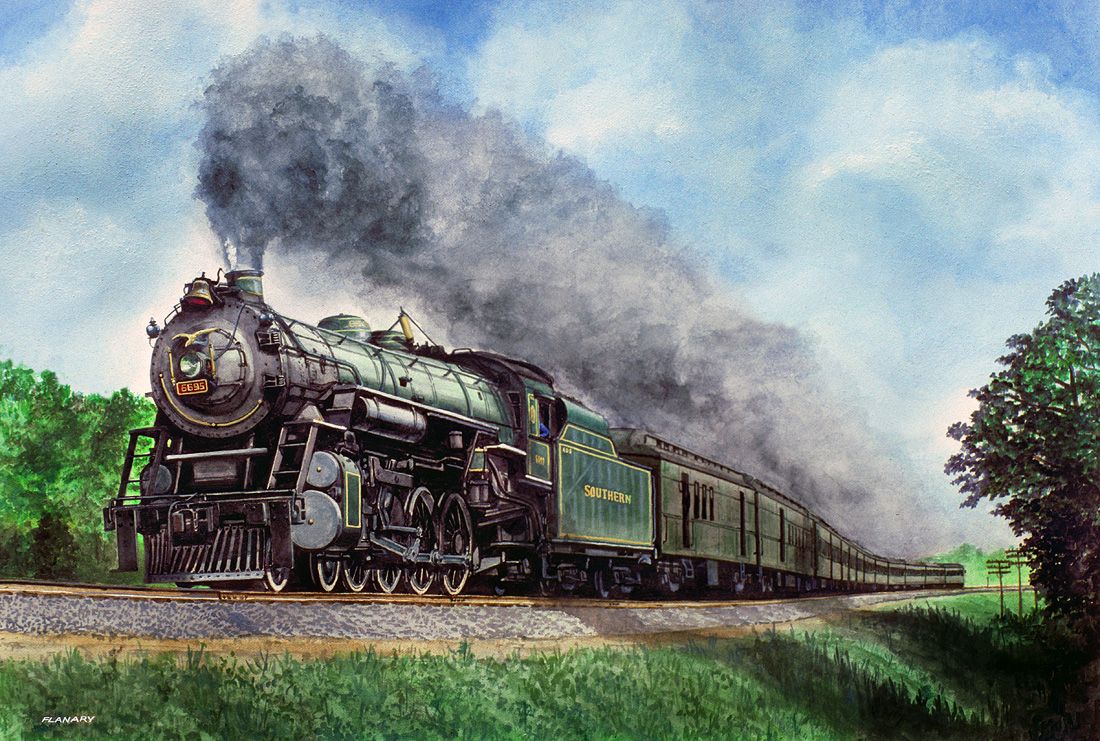

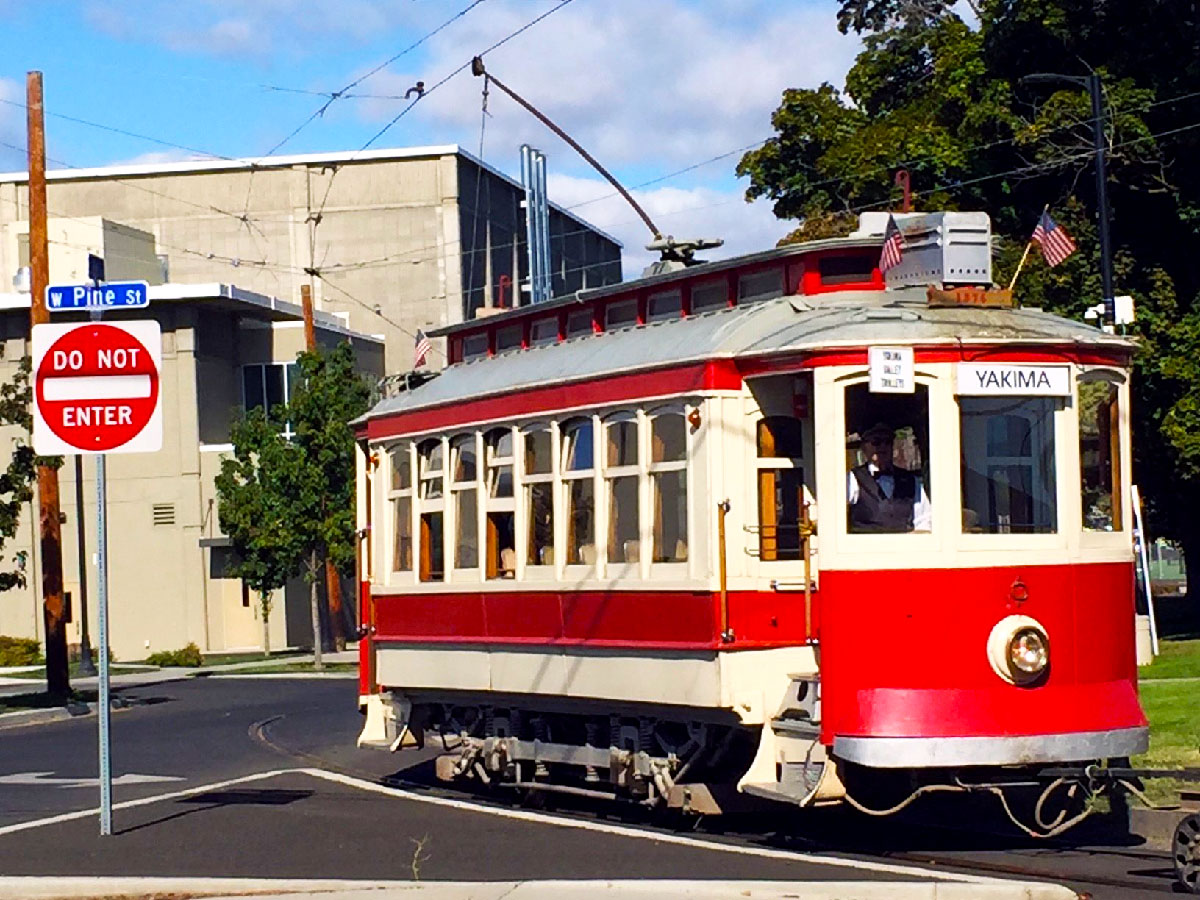
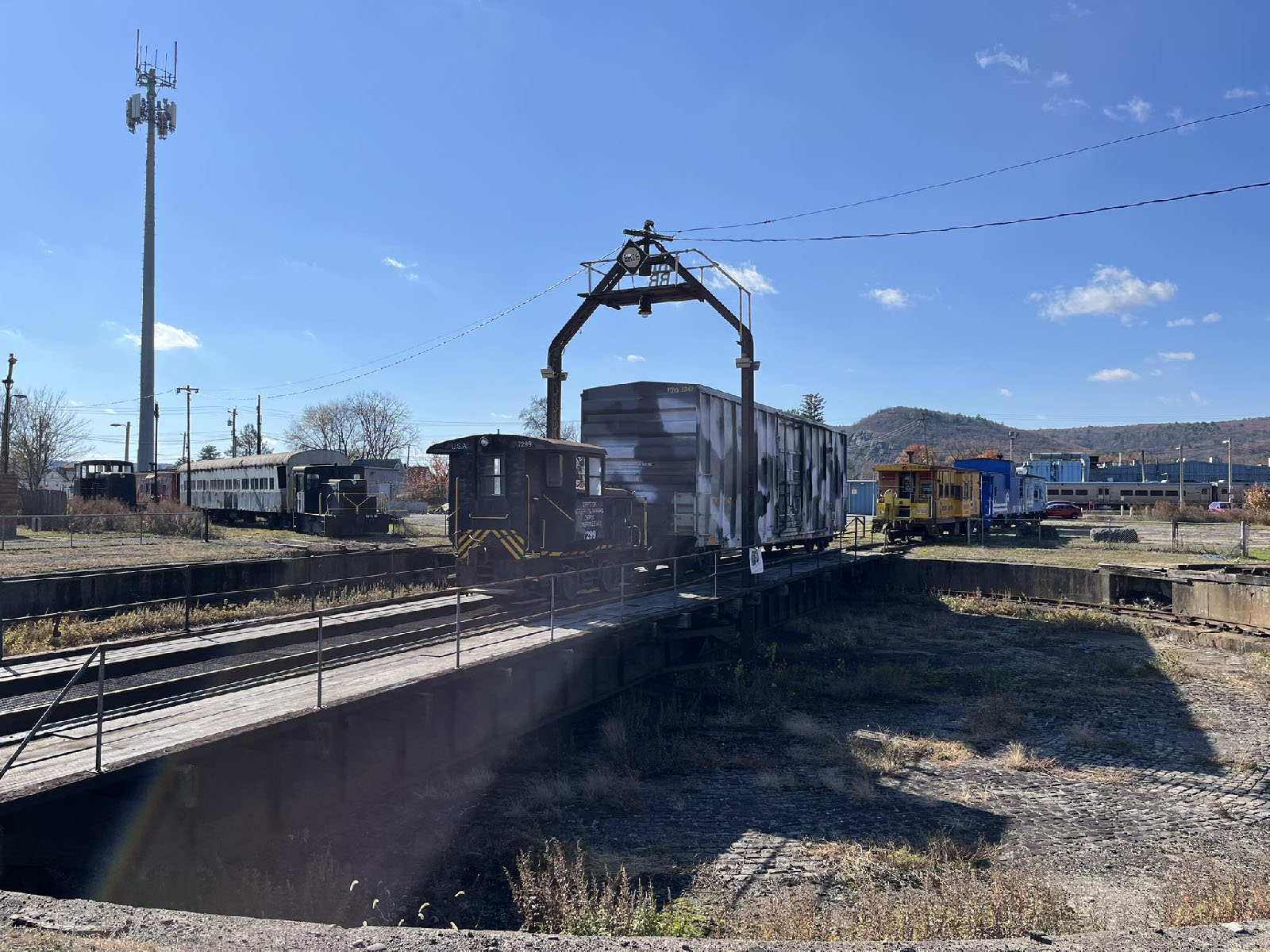
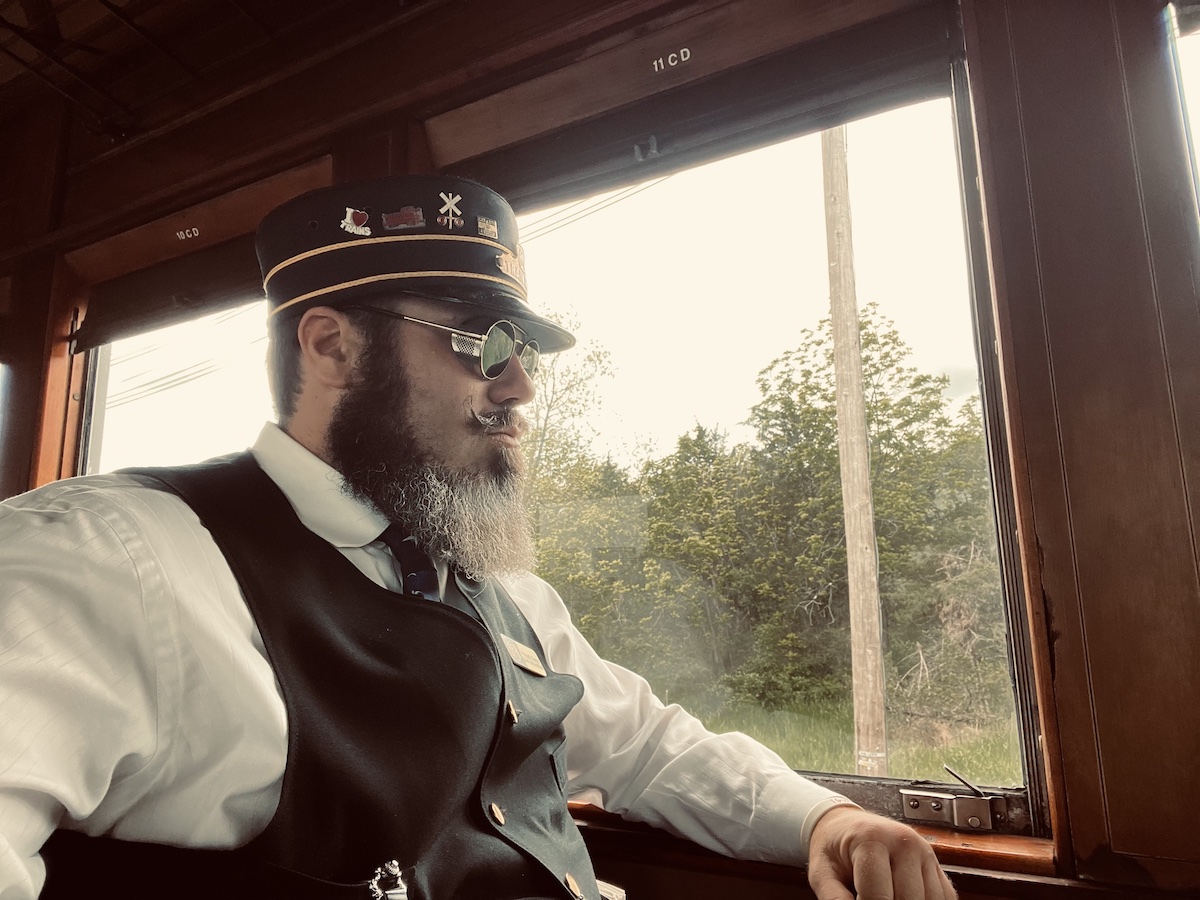
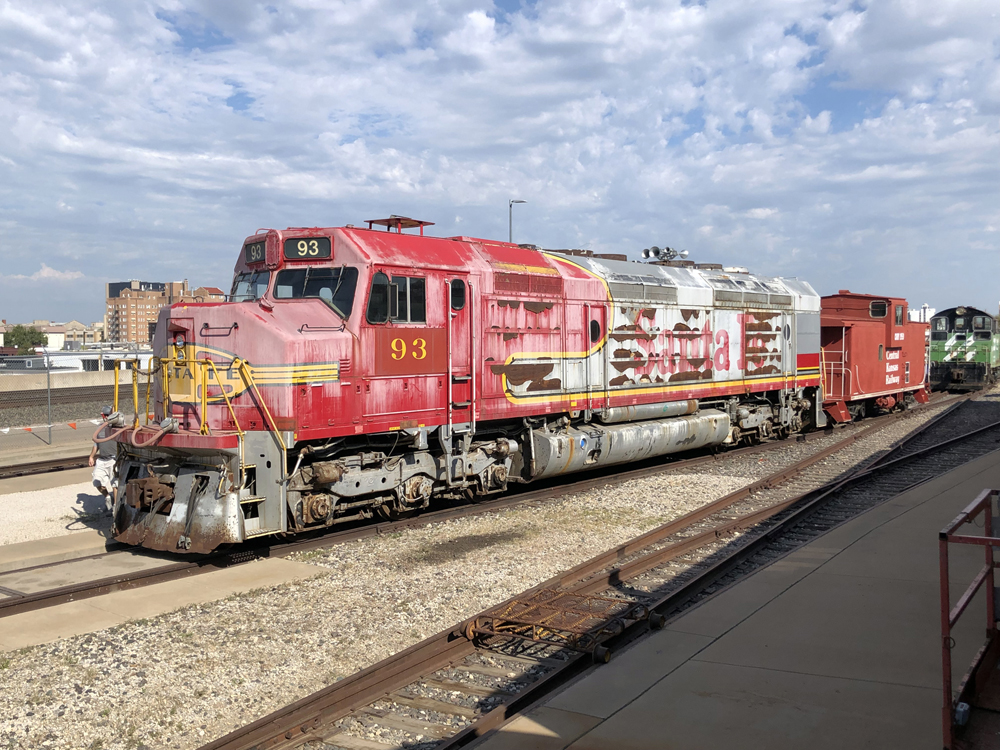




Mike Danneman's Powder River coal-train photos are superb, as is Ron Flanary's UP stack train at Dale Jct. What a sky in the latter! And Ron's painting Dante is just gorgeous!